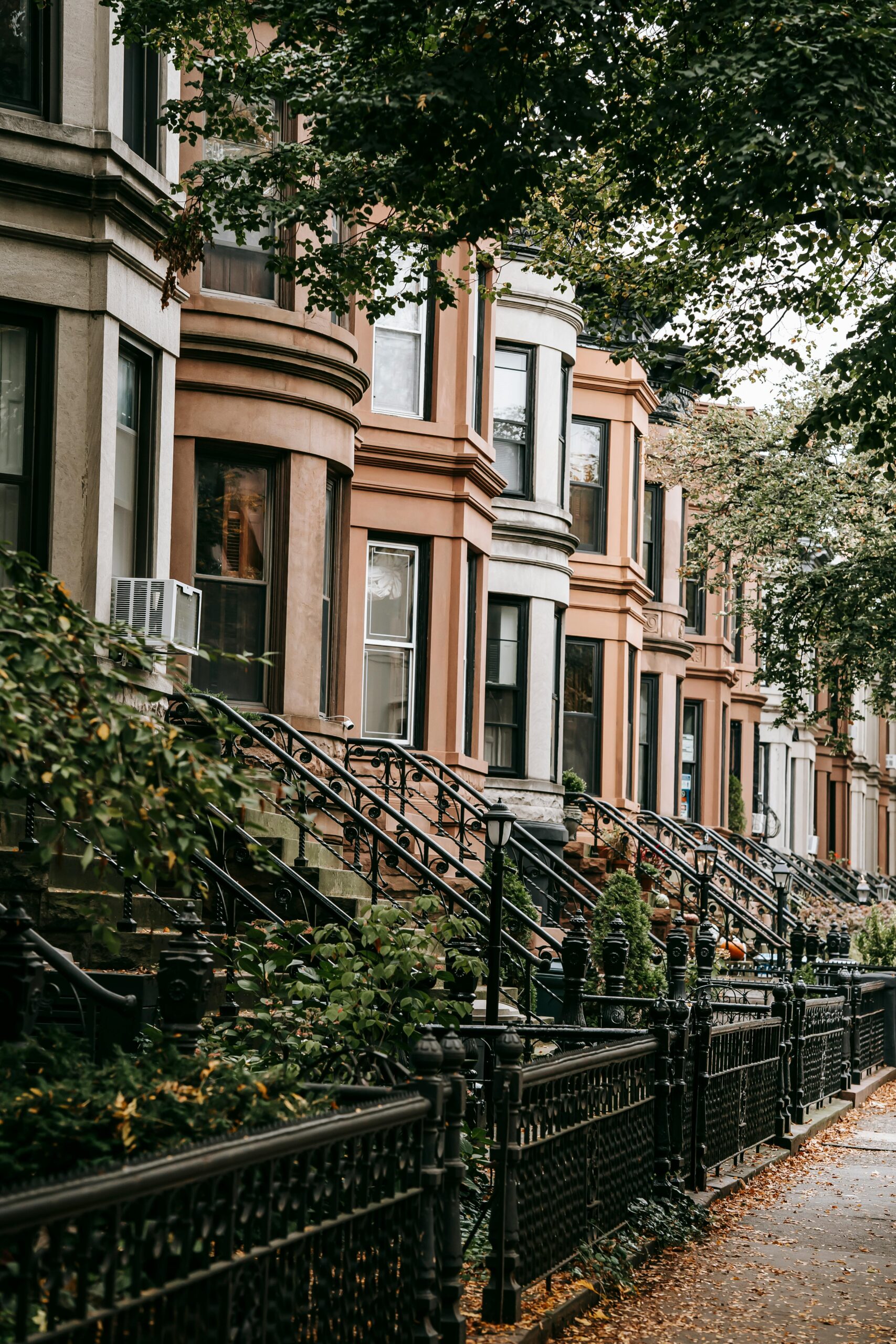Recently, Austin American Statesman real estate reporter Shonda Novak wrote about the growing displacement problem in Austin, where low-income residents are being forced to move from their homes to make room for much needed new development.
In a city with huge growth rates like Austin, housing affordability is a common problem, and one that Austin’s City Council is trying to address. Indeed, in the article, Chito Vela – a member of the City of Austin’s Planning Commission – says that the City needs to increase its housing supply to match demand and help ease rising housing costs. The flip side to this, however, is that many long-time Austin residents are watching their homes get torn down and replaced with housing they cannot afford. To help with this issue, the City is debating an ordinance that would provide relocation assistance to lower-income households that are displaced when apartments or other multifamily properties are renovated or torn down for redevelopment.
Compounding the housing affordability issue is Austin’s horrendous traffic problem and the fact that the City lacks an adequate public transportation system. If low-income families continue to get displaced into suburban areas, they will have an even more difficult time commuting to jobs in the Central Business District. This has the potential to affect many industries. A recent study, for example, found that Austin lost 1,200 music industry jobs in the last four years. The rising cost of housing, and the resulting displacement of lower-income residents, surely plays some role in that loss of jobs. As a result, it is vital that the City reach a solution to this problem.
While the proposed ordinance to provide relocation assistance is a nice benefit for people who need it, it obviously does not address the long-term problem, and the City must consider additional efforts. At a recent RECA breakfast, Mayor Adler stated that affordability and mobility are two of his top priorities for 2016.
Other cities facing these problems have adopted a number of programs to promote new affordable housing in their communities. The City is considering similar measures. Additionally, the City’s website lists incentive plans it offers to builders, although the details of such plans are not provided. Finally, in addition to the City’s efforts, a number of charities are also attempting to tackle the low-income housing issue.
As Austin continues to grow and its real estate prices increase, many low-income residents are getting squeezed out. While they can move further from the city center, this will not be a legitimate solution until adequate public transportation is provided. The City must continue to work toward resolving this issue. The key to resolving this issue is to work with developers and incentivize the to build affordable housing. Working together, the City and private builders can solve this problem.
In the next couple of months, we hope to further investigate the depth of the housing affordability problem Austin faces and explore some potential solutions. Please check back as we look at this issue in greater depth.


